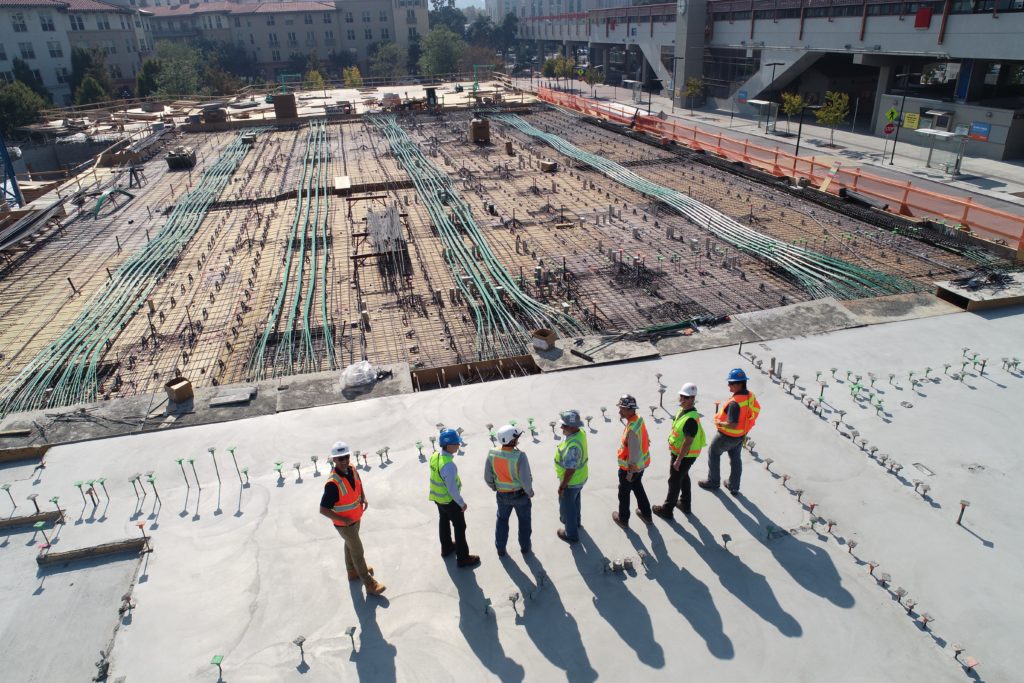In the first part of this series, we discussed when a bond is needed on a federal government construction project – for public works or building contracts in excess of $100,000.00. We discussed both the types of bonds required for a federal government construction project – performance and payment bonds – and who the relevant parties are to a bond. In this segment, we will discuss the rights of subcontracting entities performing work on a bonded federal government project.
If you or your company have subcontracted to provide construction services on a federal government/public project (described as furnishing labor or materials for the project), then you may be interested in learning how you can protect your financial interest while waiting to get paid under the contract and extending yourself by continuing to provide labor and materials in furtherance of completion of the project. As previously discussed, unlike private residential and commercial projects, a subcontractor is unable to record a lien to protect its interest on improvements to government/public projects. Rather, government/public projects typically require the issuance of a payment bond to protect both the government and those subcontracting entities that are providing labor and materials for the project.
-
Right to obtain bond information
Bonds can provide a subcontracting entity with protection from non-payment on a public works or building project. Yet, how does a subcontracting entity know if a given project is bonded? First, as a standard of course, public works or building projects in excess of $100,000.00 are statutorily required to be bonded. Second, persons who provided labor and materials for a federal government project and have yet to be paid have a statutory right to a copy of the bond. Under 40 U.S.C. §3133(a), the federal government contracting officer “shall furnish a certified copy of a payment bond and the contract for which it was given to any person applying for a copy who submits an affidavit that the person has supplied labor or material for work described in the contract and payment for the work has not been made or that the person is being sued on the bond.” Therefore, to obtain a copy of the bond you must:
(1) furnish labor or materials on a project with which a payment bond is issued;
(2) have yet to receive payment for work performed under the contract with the prime contractor; and
(3) submit an affidavit stating the services rendered or materials provided, and non-payment to the contracting officer.
-
Right to Civil Action
Next, after a subcontractor has furnished labor and/or materials on a federal government bonded project and failed to be paid by the prime contractor for the work performed or materials provided, what are its options? The subcontractor may bring a civil action on the payment bond. To maintain an action under the Miller Act, 40 U.S.C. 3133(b)(1) provides:
- The person must furnish labor or materials in furtherance of a federal government public works or building project in excess of $100,000.00 and for which a bond was issued under 40 U.S.C. §3131; and
- The person has not been paid in full within 90 days from the day which the person performed the last of the labor or supplied the material for which the claim is made
If those criteria are met, then the subcontracting entity may “bring a civil action on the payment bond for the amount unpaid at the time the civil action is brought and may prosecute the action to final execution and judgment for the amount due.” 40 U.S.C. 3133(b)(1).
However, it is imperative that the subcontractor (performing work under a direct contract with the prime contractor) bring a civil action no later than one year from the last day it performed labor or supplied materials for the subject federal works or building project. Failure to do so will bar the subcontractor from such a claim. 40 U.S.C. 3133(b)(4).
Lastly, the aforementioned civil action must be brought in the name of the United States and in the U.S. District Court where the contract was to be performed. 40 U.S.C. 3133(b)(3).
In this blog, we discussed protections afforded to subcontractors under the Miller Act. Given their importance, the following is a recap of the timelines for subcontractors seeking recovery via civil action under a prime contractor’s payment bond:
- Subcontractors may bring a civil action:
- After 90 days from final furnishing of labor or materials; and
- Before 1 year from final furnishing of labor or materials.
Be sure to check back for our next Miller Act segment. In it, we will discuss right of sub-subcontracting entities on a federal bonded public works and building project. Navigating the “who” and the “when” under the Miller Act can be complex. For more information on bonded federal government projects and how to properly protect your interest in such projects, do not hesitate to contact us via the link below.
https://www.cobbgonzalez.com/contact/

